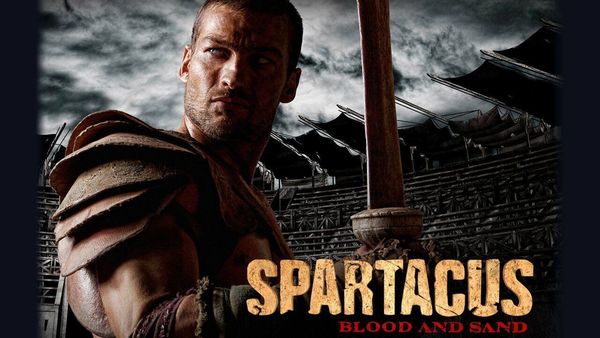In “Spartacus: Blood and Sand,” the plot unfolds as follows:
Spartacus, a Thracian warrior, is betrayed by the Roman army and enslaved. Separated from his wife, Sura, he is sold to the ludus (gladiator school) of Batiatus in Capua. Here, he trains to become a gladiator under the harsh discipline of trainer Crixus and the manipulative Batiatus.
As Spartacus struggles with his new life, he forms alliances with fellow gladiators and gains fame in the arena through his impressive combat skills. His relationship with Batiatus becomes more complicated as he earns the favor of Batiatus and his wife, Lucretia, while also dealing with the dangerous politics of the Roman elite.
Spartacus’s primary motivation is to find and reunite with his wife, Sura, who has been captured by the Romans. He discovers that she is dead but vows to fight for his freedom and avenge her.
In the arena, Spartacus becomes a prominent figure, attracting attention and respect. His success leads to growing tension between him and other gladiators, especially Crixus, who sees Spartacus as a rival. As Spartacus and his fellow gladiators endure harsh training and brutal combat, they begin to dream of freedom and revolt.
The turning point comes when Spartacus and his fellow gladiators, fed up with the relentless brutality and exploitation, rebel against their masters. This uprising sparks a larger movement, and Spartacus emerges as a leader of the rebellion against the Roman Republic.
The series chronicles Spartacus’s journey from a wronged slave to a formidable leader, as he battles not only in the arena but also against the Roman authorities and their relentless pursuit. His quest for freedom and revenge shapes the narrative, highlighting themes of loyalty, betrayal, and the fight for justice.




